Descrição
Introdução de cupons de corrosão em pipelines
Os cupons de corrosão desempenham um papel importante no monitoramento de corrosão em vários setores, como tratamento de petróleo, gás e água. Esses cupons ajudam na detecção de corrosão do pipeline. Dependendo da aplicação, eles vêm em bares, discos e tubos. Eles devem corresponder ao material do tubo, como o aço carbono. Além do aço carbono, outros materiais estão disponíveis.
Após a conclusão da produção, os trabalhadores marcam cada cupom com um número de série para facilitar a distinção. Existem três maneiras de tratar a superfície da folha suspensa: não tratada, jateada ou pulverizada.
Fundamentalmente, os técnicos usaram saldos analíticos para identificar o peso de cada cupom para quatro casas decimais. O saldo é calibrado e verificado regularmente para garantir a precisão do peso.
Por fim, eles montaram os cupons em um titular e os expuseram ao fluido do sistema. Eles geralmente são testados por 90 dias e podem ser ajustados de acordo com o grau de corrosão observado.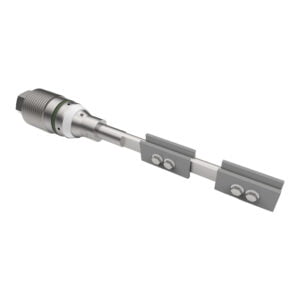
Parâmetros Básicos
| Nome | Cupom de corrosão | |
| Material | Aço inoxidável 304 、 Aço inoxidável 316 、 DSS F51 、 Aço carbono A105N 、 Aço duplex 、 Inconel 625 | |
| Temperatura de operação | de -20 graus a 120 graus | |
| Recurso | Em primeiro lugar, é fácil de operar. | |
| Segundo, alta precisão e vida longa | ||
| Por fim, alta eficiência e baixo custo | ||
| Pagamento | TT/LC | |
| Vantagem | Primeiro, eles são leves e flexíveis. | |
| Em segundo lugar, boa eficiência. | ||
| Por fim, rastreamento preciso do local. |
A importância de monitorar a corrosão do pipeline
O monitoramento da corrosão do tubo é um aspecto essencial da manutenção industrial. Primeiro de tudo, a corrosão afetará diretamente a vida útil do pipeline. As verificações regulares de corrosão podem efetivamente impedir falhas inesperadas e garantir a continuidade da operação. Além disso, eles impedem possíveis riscos ambientais causados por vazamentos de dutos.
O monitoramento da corrosão também desempenha um papel fundamental na redução dos custos de gerenciamento de dutos. Ao detectar a corrosão mais cedo, as empresas podem evitar reparos dispendiosos e tempo de inatividade.
Além disso, os dados do monitoramento de corrosão permitem otimizar os tubos de manutenção. Este método prolonga a vida útil do sistema de tubulação. Também maximiza o retorno do investimento. Tão importante quanto, ele garante a segurança das pessoas que podem encontrar infraestrutura comprometida.
Finalmente, o monitoramento da corrosão ajuda a melhorar a confiabilidade geral do sistema. Ele garante que as substâncias transportadas mantenham sua pureza e não sejam contaminadas por substâncias corrosivas. Portanto, o monitoramento de corrosão não é apenas uma tarefa de manutenção; É parte integrante de uma indústria que se baseia em pipelines
Gerenciamento de manutenção e ciclo de vida
A manutenção eficaz da corrosão é essencial para os pipelines. Primeiro, agende check -ups regulares. Isso ajuda as pessoas a entender a corrosão do oleoduto e resolvem o problema no tempo.
Quanto ao ciclo de vida dos cupons de corrosão, geralmente começa com a instalação no sistema de tubulação. O ambiente que monitora determina sua vida útil. Com o tempo, os subprodutos de corrosão se acumulam e os profissionais devem analisá-los regularmente.
Quando se trata de alterar cupons, o técnico deve seguir estritamente o manual de operação de substituição. Isso garante monitoramento contínuo e precisão dos dados. Eles devem determinar o momento da substituição com base na taxa observada de corrosão e padrões específicos do setor.
Finalmente, faça algum processamento adequado. Se tratados corretamente, eles podem minimizar seu impacto no meio ambiente. O setor deve lidar com eles por meio de serviços certificados de gerenciamento de resíduos. Esse manuseio cuidadoso completa o ciclo de vida do cupom de corrosão e reflete um compromisso com as melhores práticas do setor e a administração ambiental.
Pesando e medindo cupons de corrosão
A precisão da medição de cupons de corrosão é da maior importância. Medidas precisas refletem com precisão o grau de corrosão. Esses dispositivos podem medir mudanças de peso até um milésimo de grama.
Além disso, a importância do equilíbrio analítico nesse processo não pode ser exagerado. O cálculo da taxa de corrosão é baseado em dados confiáveis. Portanto, a integridade de todo o sistema de monitoramento depende da precisão dessas medições de corrosão.
Além disso, a calibração e a verificação regular do equipamento de pesagem são essenciais. Os técnicos devem verificar e ajustar o saldo de acordo com uma programação estrita. Essa prática não apenas mantém a integridade das medições, mas também é consistente com os padrões de controle de qualidade.
Finalmente, a documentação detalhada acompanha o processo de calibração. Essa manutenção de registros é essencial para as necessidades de rastreabilidade e atendimento à auditoria do setor. Ele demonstra o compromisso de manter padrões consistentes no monitoramento de corrosão.
Conclusão
Os cupons de corrosão desempenham um papel indispensável na manutenção da integridade do pipeline. Eles oferecem um vislumbre do invisível, orientando as ações de manutenção oportunas. Olhando para o futuro, o futuro do monitoramento de corrosão brilha com possíveis avanços na tecnologia. As inovações prometem dados mais precisos e em tempo real, revolucionando como as indústrias enfrentam a degradação do pipeline.
O gerenciamento proativo de pipeline agora, mais do que nunca, é a chave para a longevidade e a segurança. As empresas com visão de futuro estão integrando essas ferramentas pequenas, mas poderosas, em suas operações regulares. Eles não estão apenas reagindo a problemas, mas antecipando e impedindo -os, garantindo a produção perfeita e protegendo o meio ambiente.

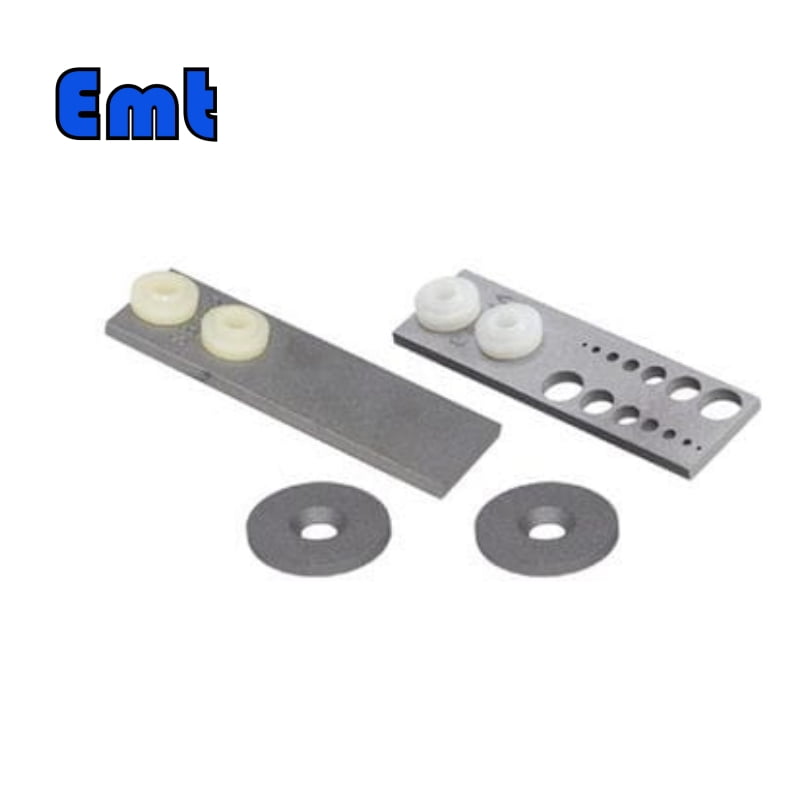
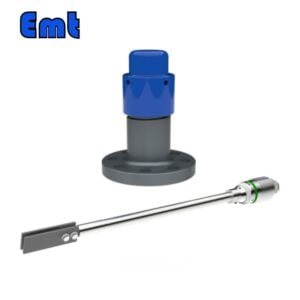
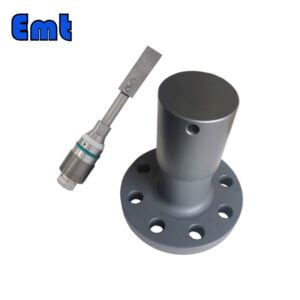
-600x600.jpg)
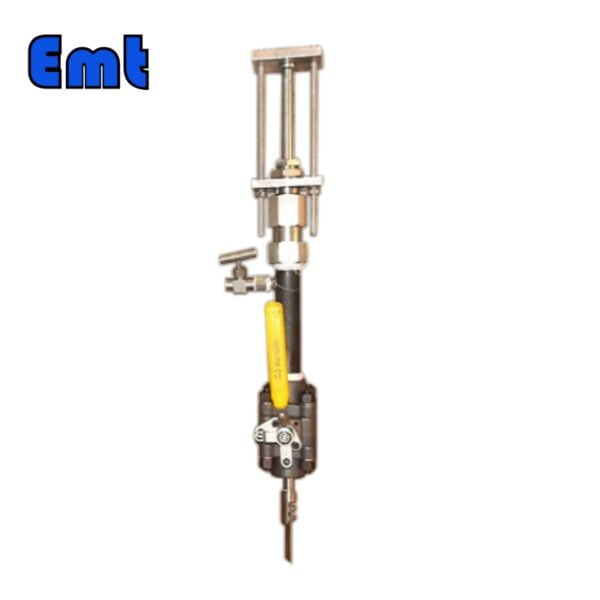
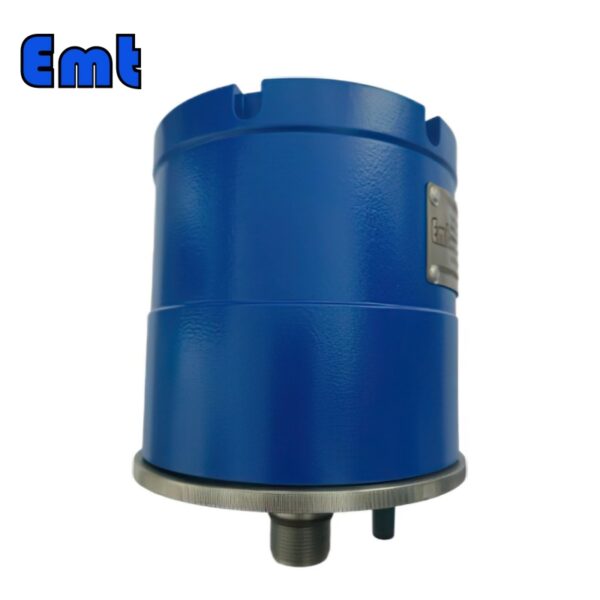
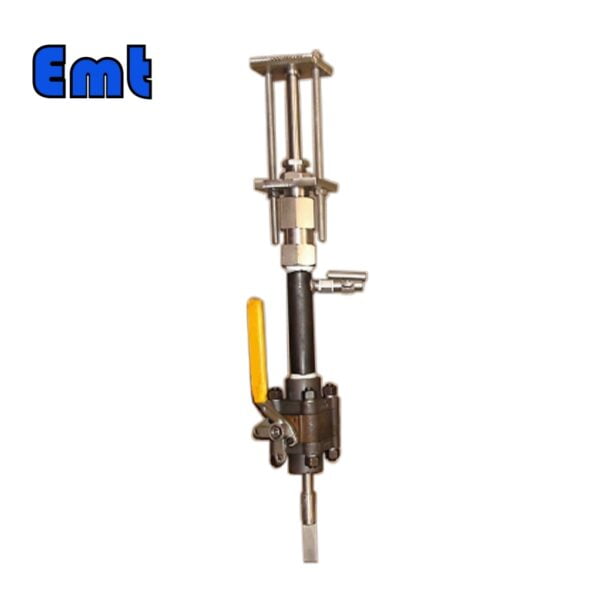
Avaliações
Não há comentários ainda.